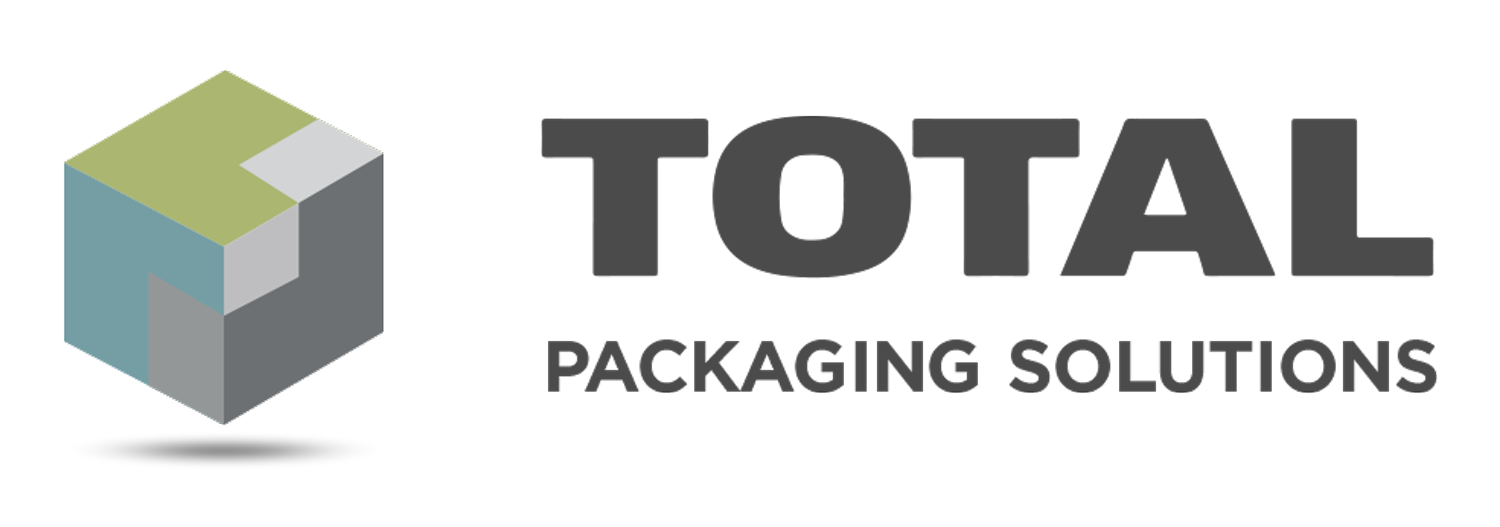Steel Rack Welding
Working with automotive steel racks, whether with custom dunnage or not, can be a complicated process. This skill requires work and practice to acquire, which is why we put emphasis on training our workers to be as knowledgeable as possible when it comes to automotive racks. There are four major types of welding procedures that employees must learn in order to fabricate steel racks.
Shielded Metal Arc Welding (SMAW)
With this particular type of welding, the welder follows a manual process of stick welding. The stick uses an electric current to form an electric arc between the stick and the metals to be joined. This type is often used in the construction of steel structures and in industrial fabrication to weld iron and steel.
Gas Metal Arc Welding (GMAW/MIG)
This style of welding is also referred to as Metal Inert Gas (MIG). It uses a shielding gas along the wire electrode, which heats up the two metals to be joined. This method requires a constant voltage and direct-current power source, and is the most common industrial welding process. It has four primary methods of metal transfer: globular, short-circuiting, spray and pulsed-spray.
Flux Cored Arc Welding (FCAW)
This was developed as an alternative to shield welding. The semi-automatic arc weld is often used in construction projects, thanks to its high welding speed and portability.
Gas Tungsten Arc Gas Welding (GTAW/TIG)
Welding together thick sections of stainless steel or non-ferrous metals is the most common use for this method. It is also an arc-welding process that uses a tungsten electrode to produce the weld. This process is much more time consuming than the other three and much more complex, too.
